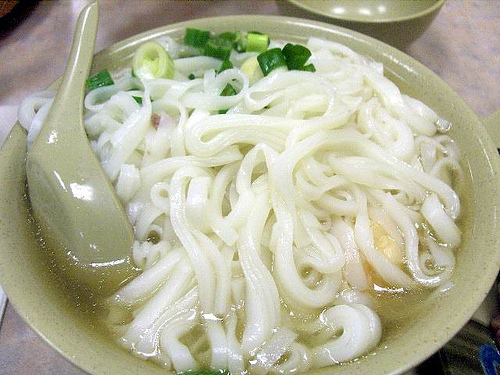Facts About Shahe fen
Shahe fen, also known as he fen, is a type of wide rice noodle that is a staple in Chinese cuisine. You might have seen it listed as chow fun on menus at Chinese restaurants in North America. These noodles are often stir-fried with meat and vegetables in a popular dish called chao fen. Depending on the Cantonese transliteration, you might also encounter them referred to as ho fun, hofoen, hor fun, or sar hor fun. Sometimes, they are even called kway teow or guotiao, though technically, kway teow and shahe fen are different despite being used interchangeably at times.
Shahe fen has its origins in the town of Shahe, now part of Guangzhou in Guangdong province, southern China. These noodles are a cherished component of southern Chinese cuisine and have also gained popularity in Southeast Asian countries with large Chinese communities. Characterized by their broad, white, and slightly slippery appearance, shahe fen noodles have an elastic and chewy texture. They resemble Vietnamese bánh phở noodles and are versatile enough to be featured in various dishes. You’ll find them in stir-fried specialties like chao fen, Thai dishes such as phat si-io, and even Vietnamese pho.
One key point to note about shahe fen is that these noodles don't freeze or dry well, so they're usually bought fresh or in dried form with different widths. They play a significant role in Asian cuisine and are enjoyed in a variety of dishes across countries like Thailand, Vietnam, and Indonesia. Whether you're savoring them in a hearty stir-fry or a comforting bowl of pho, shahe fen noodles are a delicious way to experience the rich culinary traditions of Asia.

 Malaysia
Malaysia